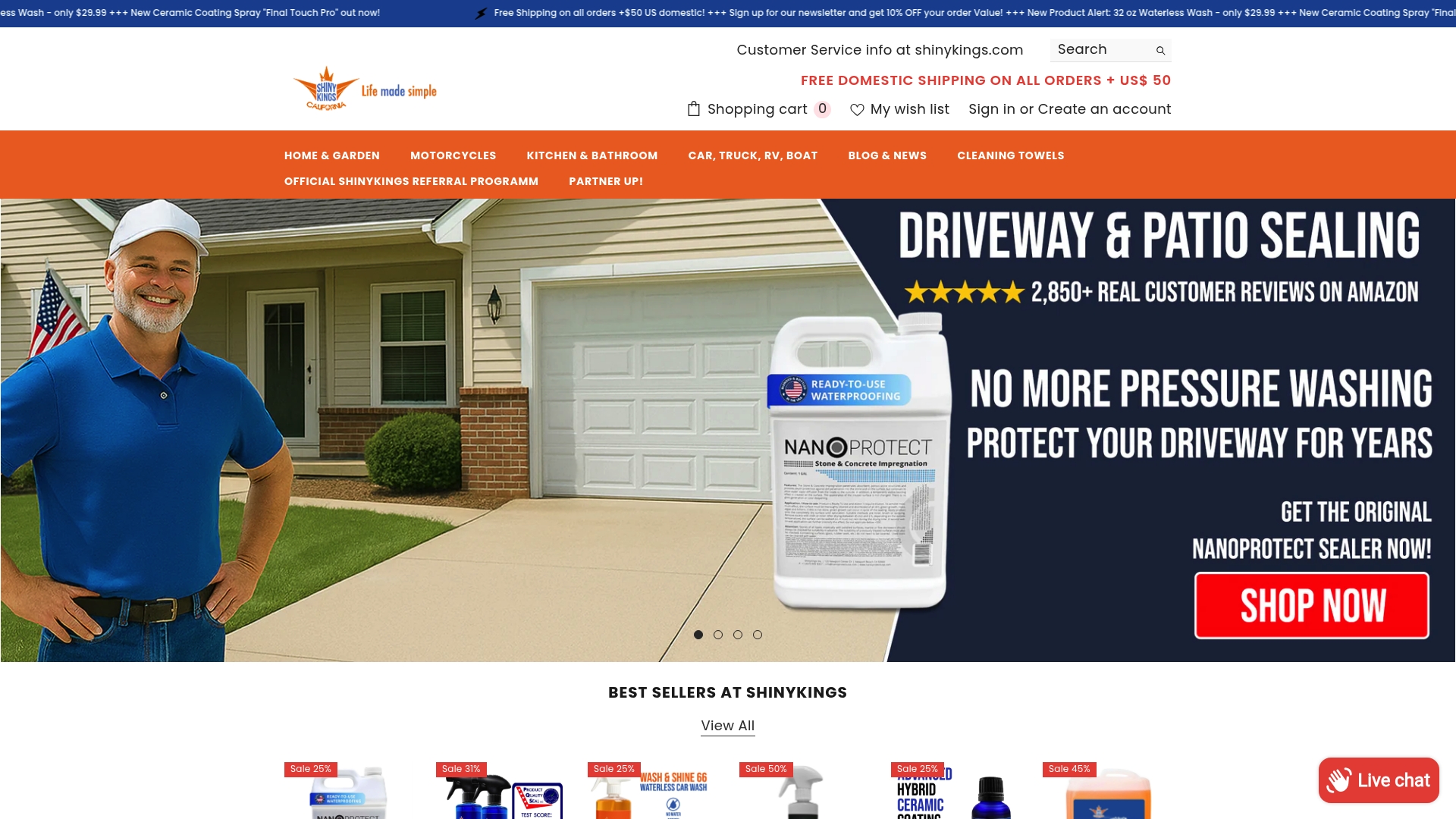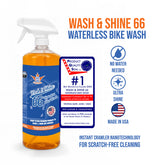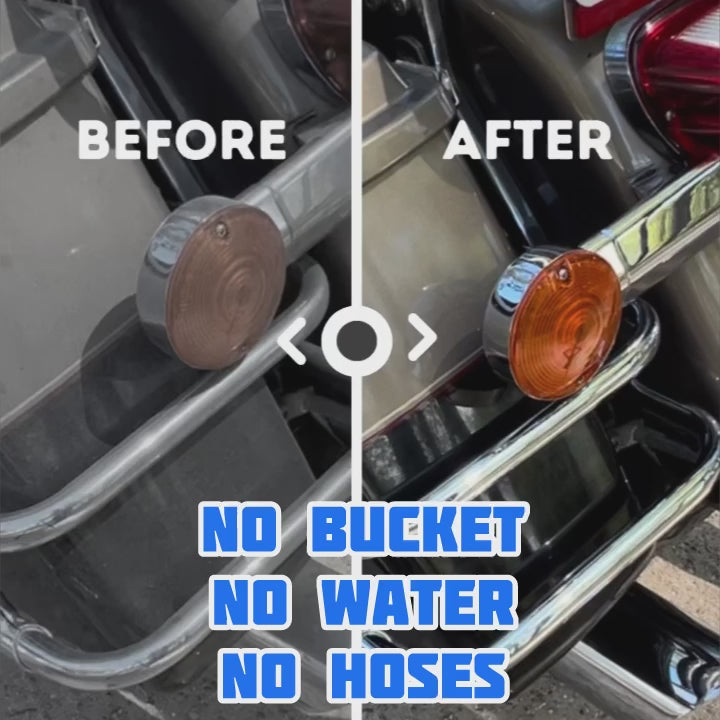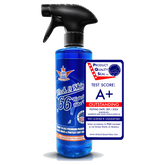Understanding Why Seal Concrete Floors for Durability
Concrete floors stand up to cars, crowds, and even harsh chemicals. These rugged surfaces support over two billion homes and businesses worldwide, proving their popularity and strength. Most people think concrete’s power comes from brute durability alone but the real secret is protection—proper sealing can make or break how long your floor actually lasts.
Table of Contents
- What Are Concrete Floors And How Are They Used?
- The Importance Of Sealing Concrete Floors
- How Sealing Enhances Durability And Protection
- Environmental Factors Affecting Sealed Concrete
- Real-World Benefits Of Sealed Concrete Floors
Quick Summary
| Takeaway | Explanation |
|---|---|
| Sealing extends concrete floor lifespan | Proper sealing prevents moisture and environmental damage, effectively prolonging the floor’s durability and usability. |
| Concrete floors resist stains when sealed | A sealed surface minimizes staining from spills and contaminants, making maintenance easier and improving visual appeal. |
| Protect against environmental threats | Sealing protects concrete from freeze-thaw cycles, UV radiation, and chemical damage, maintaining structural integrity. |
| Reduced maintenance and cleaning efforts | Sealed concrete floors require less frequent cleaning and repairs, saving time and money in the long run. |
| Professional sealing is a cost-effective strategy | Investing in quality sealers avoids extensive repairs later, ultimately optimizing long-term property management. |
What are Concrete Floors and How are They Used?
Concrete floors represent a versatile and robust surface material widely used across residential, commercial, and industrial settings. Understanding their composition, characteristics, and applications helps homeowners and professionals appreciate why sealing concrete floors is crucial for long term durability.
The Basics of Concrete Floor Composition
Concrete floors are created by mixing cement, water, and aggregate materials like sand and gravel. This mixture is poured into prepared forms and allowed to cure, creating a solid, dense surface capable of withstanding significant weight and environmental challenges. Learn more about concrete sealing techniques to protect these valuable surfaces.
The fundamental characteristics of concrete floors include:
- Exceptional strength and durability
- High load bearing capacity
- Resistance to wear and tear
- Adaptability to various finishing techniques
Common Applications of Concrete Floors
Concrete floors serve multiple purposes across different environments. Homeowners utilize them in driveways, patios, garage floors, and interior spaces. Commercial and industrial sectors employ concrete floors in warehouses, manufacturing facilities, parking structures, and outdoor areas requiring robust surface solutions.
Residential applications typically involve:
- Garage flooring
- Basement surfaces
Commercial and industrial applications include:
- Warehouse floors
- Manufacturing plant surfaces
- Parking structures
- Loading dock areas
By understanding concrete floors comprehensive nature, property owners can make informed decisions about maintenance and protection strategies. Proper sealing becomes essential to preserve the floor’s integrity, prevent moisture penetration, and extend its functional lifespan.
The porous nature of concrete makes it susceptible to staining, moisture absorption, and structural degradation. Sealing provides a critical protective barrier that enhances the floor’s performance and aesthetic appeal.
![]()
The Importance of Sealing Concrete Floors
Sealing concrete floors is not merely an optional maintenance task but a critical protective strategy that preserves the surface’s integrity, appearance, and long term functionality. Explore our comprehensive concrete sealing journey to understand the transformative impact of proper surface protection.
Protection Against Environmental Damage
Untreated concrete floors are vulnerable to numerous environmental challenges that can compromise their structural integrity. Moisture penetration, temperature fluctuations, chemical exposure, and UV radiation can cause progressive deterioration.
The following table organizes the core environmental threats to unsealed concrete floors summarized in the article, showing each threat and the related damage prevented through sealing.
| Environmental Threat | Potential Damage to Concrete | Protection Provided by Sealing |
|---|---|---|
| Freeze-Thaw Cycles | Cracking, spalling, surface flaking | Prevents moisture intrusion and expansion |
| Water Absorption | Staining, weakening, mold growth | Blocks water penetration, reduces porosity |
| Chemical Spills | Surface etching, discoloration | Resists penetration of chemicals, easier cleanup |
| Salt and Deicing Agents | Corrosion, pitting, surface erosion | Shields surface from salts and corrosion |
| Ultraviolet Radiation | Fading, weakening, brittleness | Provides UV resistance, retains color |
Key environmental threats include:
- Freeze thaw cycles
- Water absorption
- Chemical spills
- Salt and de icing agent damage
- Ultraviolet radiation degradation
Enhanced Durability and Performance
By applying a high quality concrete sealer, property owners can significantly extend the floor’s lifespan and maintain its aesthetic appeal. Sealed concrete surfaces resist staining, prevent dust generation, and become more resistant to wear and tear. The protective layer minimizes surface porosity, making cleaning and maintenance substantially easier.
Performance benefits of sealing concrete floors encompass:
- Increased surface hardness
- Reduced maintenance requirements
- Improved resistance to abrasion
- Enhanced color retention
- Prevention of surface microcracking
The investment in professional grade concrete sealing not only protects the surface but also represents a cost effective long term maintenance strategy.
Preventing potential damage is invariably more economical than conducting extensive repairs or complete floor replacement.
Understanding the comprehensive benefits of concrete floor sealing empowers property owners to make informed decisions about surface protection, ensuring their concrete surfaces remain functional, attractive, and resilient for years to come.
How Sealing Enhances Durability and Protection
Sealing concrete surfaces is a strategic approach to preserving the material’s structural integrity and aesthetic qualities. Learn more about protecting your outdoor surfaces to understand the comprehensive benefits of professional surface treatment.
Molecular Level Protection Mechanism
Concrete sealers work by penetrating the surface and creating a protective barrier at the molecular level. These specialized formulations fill microscopic pores and capillaries, effectively blocking moisture, contaminants, and potential damage sources. The sealing process transforms the concrete’s surface characteristics, making it more resistant to environmental stressors.
Key molecular protection principles include:
- Reducing surface porosity
- Blocking water and chemical infiltration
- Creating a hydrophobic protective layer
- Preventing ionic penetration
- Stabilizing surface minerals
Comprehensive Protective Benefits
The sealing process delivers multifaceted protection that extends far beyond simple surface coverage. By creating a robust defensive barrier, sealers prevent potential damage mechanisms that could compromise the concrete’s structural integrity. This protective approach addresses multiple vulnerability points simultaneously.
Significant protective advantages encompass:
- Preventing moisture induced deterioration
- Resisting chemical and salt damage
- Minimizing surface erosion
- Blocking stain penetration
- Reducing potential for microorganism growth
Understanding the intricate protective mechanisms of concrete sealers reveals why this maintenance strategy is crucial for long term surface preservation. The investment in professional sealing represents a proactive approach to maintaining concrete surfaces, ultimately saving property owners significant repair and replacement expenses.
By applying advanced sealing technologies, concrete surfaces can maintain their structural integrity, aesthetic appeal, and functional performance across diverse environmental conditions, providing lasting protection and value.
Environmental Factors Affecting Sealed Concrete
Sealed concrete surfaces interact dynamically with their surrounding environment, experiencing complex interactions that can impact their long term performance and durability. Discover more about surface protection strategies to comprehensively manage environmental challenges.
Temperature and Thermal Stress Dynamics
Temperature fluctuations represent a significant environmental factor that can stress concrete surfaces. Extreme heat and cold create expansion and contraction cycles that challenge the structural integrity of sealed concrete. Proper sealing helps mitigate these thermal stress impacts by providing a flexible protective layer that can accommodate subtle surface movements.
Key thermal stress considerations include:
- Differential expansion rates between concrete and surface coating
- Impact of rapid temperature transitions
- Potential for microcracking during extreme weather conditions
- Influence of solar radiation intensity
- Seasonal temperature variation ranges
Moisture and Chemical Interaction Mechanisms
Moisture represents a complex environmental challenge for sealed concrete surfaces. Groundwater, atmospheric humidity, and direct precipitation can interact with the sealed surface in multiple ways. High quality sealers create a hydrophobic barrier that prevents moisture penetration while allowing minimal vapor transmission, which is crucial for preventing internal structural damage.
Critical moisture interaction factors involve:
- Groundwater absorption potential
- Atmospheric humidity levels
- Salt and chemical contamination risks
- Freeze thaw cycle impacts
- Surface tension and water repellency characteristics
Understanding these environmental interactions helps property owners develop comprehensive maintenance strategies. By recognizing the nuanced ways environmental factors impact sealed concrete, individuals can select appropriate sealing solutions and implement proactive preservation techniques.
Effective environmental management ensures that sealed concrete surfaces maintain their structural integrity, aesthetic appeal, and functional performance across diverse and challenging environmental conditions.
Real-World Benefits of Sealed Concrete Floors
Sealed concrete floors offer tangible advantages that extend far beyond basic surface protection, delivering practical benefits for residential, commercial, and industrial environments. Explore our comprehensive guide to concrete protection to understand the transformative potential of professional sealing.
Economic and Maintenance Advantages
Professional concrete floor sealing represents a strategic investment that delivers substantial long term economic benefits. By creating a durable protective layer, sealed floors significantly reduce maintenance requirements and extend the surface’s functional lifespan. Property owners can minimize recurring repair expenses and preserve their concrete surfaces against progressive deterioration.
Key economic benefits include:
- Reduced long term maintenance costs
- Extended floor surface lifespan
- Minimized repair and replacement expenses
- Enhanced property value
- Lower cleaning and upkeep requirements
Performance and Aesthetic Improvements
Sealed concrete floors demonstrate superior performance characteristics compared to untreated surfaces. The protective layer enhances the floor’s resistance to staining, abrasion, and environmental damage while simultaneously improving its visual appearance. Professional sealing transforms concrete from a basic structural material into a sophisticated, low maintenance surface solution.
Significant performance enhancements comprise:
- Enhanced surface durability
- Improved resistance to chemical spills
- Simplified cleaning and maintenance
- Uniform color retention
- Resistance to dust and particulate accumulation
Understanding these real world benefits illuminates why professional concrete floor sealing has become an essential maintenance strategy across diverse property types. By investing in high quality sealing solutions, property owners can protect their surfaces, reduce long term expenses, and maintain an attractive, functional environment.
The comprehensive protection offered by sealed concrete floors represents a smart, proactive approach to surface management, delivering measurable benefits that extend well beyond traditional maintenance practices.

Ready to Stop Damage and Extend the Life of Your Concrete Floors?
You have just seen how moisture, stains and environmental stress can quickly wear down your concrete floors. If you are worried about cracks, dullness or difficult maintenance, you are not alone. Many people face frustration when basic cleaning or DIY methods fail to stop deeper problems. Choosing the right sealant is crucial for real protection and peace of mind. Discover powerful results by exploring the Shinykings Best Concrete Sealer & Sealants for Driveways & Patios collection. Here you will find advanced formulas designed to lock out moisture and stains for years.

Take control of your surfaces today and see how easy long term durability can be. Visit Shinykings to get expert solutions and choose the best concrete sealer for your needs. Act now to prevent expensive repairs and enjoy beautifully sealed floors that are effortless to maintain. Experience a visible difference and protect what matters most. Learn more at Best Concrete Sealers for Outdoor Use | Shinykings and upgrade your floor’s defense right away.
Frequently Asked Questions
What is the purpose of sealing concrete floors?
Sealing concrete floors creates a protective barrier that prevents moisture penetration, staining, and damage from environmental factors. This process enhances durability and extends the lifespan of the flooring.
How does sealing improve the durability of concrete floors?
Sealing reduces surface porosity, blocks water and chemical infiltration, and creates a hydrophobic layer that helps prevent deterioration from moisture, chemicals, and thermal stress. This leads to increased resistance to wear and tear, prolonging the floor’s functional life.
What types of sealers are available for concrete floors?
There are various types of concrete sealers, including penetrating sealers, film-forming sealers, and epoxy coatings. Each type offers different levels of protection and aesthetic enhancements, making it essential to choose based on specific needs and usage conditions.
To help clarify the differences, the table below compares common types of concrete floor sealers mentioned in the FAQ section, highlighting their core protection features and aesthetic impact.
| Sealer Type | Protection Level | Aesthetic Enhancement | Best For |
|---|---|---|---|
| Penetrating Sealers | Deep protection against moisture, salts, and freeze-thaw cycles | Minimal change to appearance | Outdoor surfaces, driveways, patios |
| Film-Forming Sealers | Surface barrier against stains, chemicals, light abrasion | Can add gloss or color enhancement | Interior decorative floors, light traffic |
| Epoxy Coatings | Very high chemical and abrasion resistance | Glossy finish, colors available | Garages, warehouses, industrial floors |
How often should concrete floors be sealed?
The frequency of sealing depends on usage and exposure to environmental factors, but generally, concrete floors should be resealed every 3 to 5 years. Regular inspections can help determine the best timing for reapplication.




